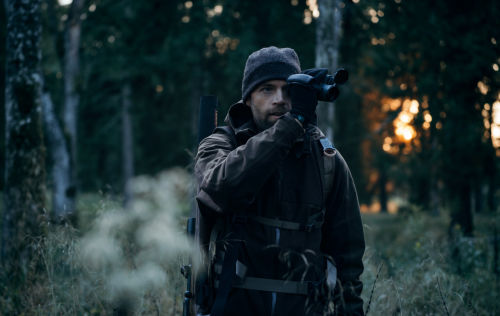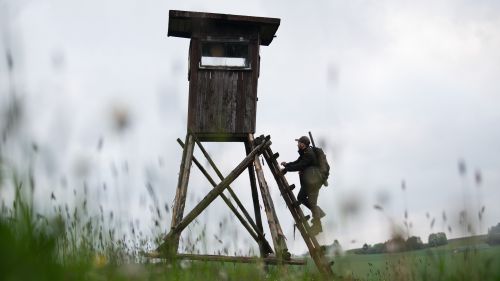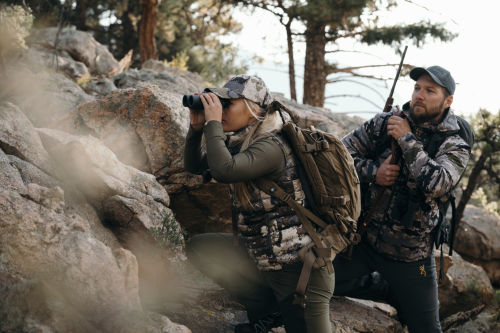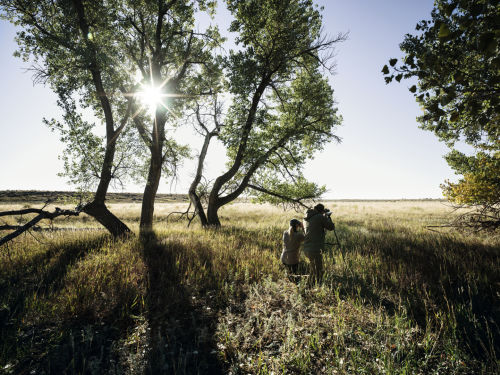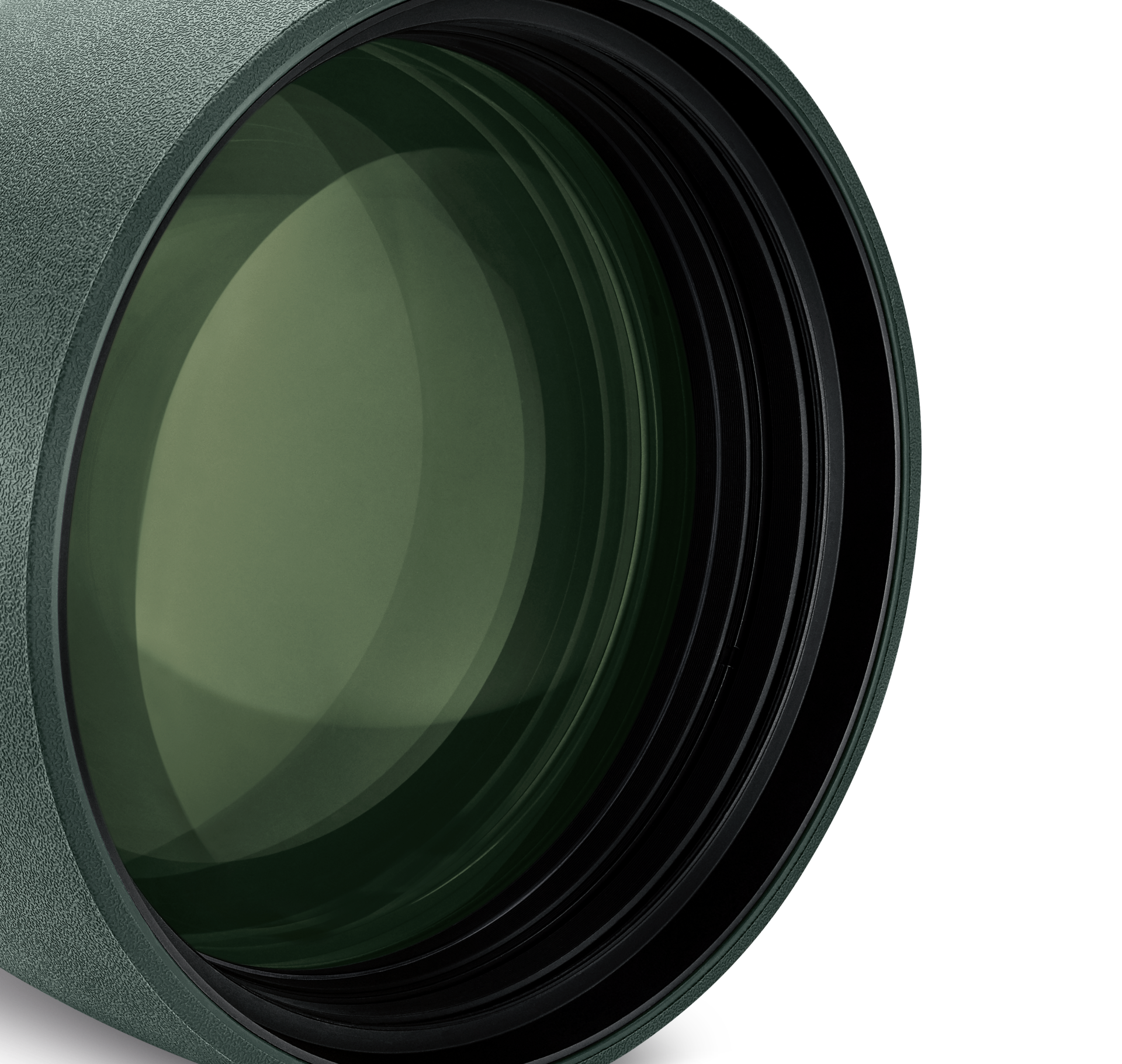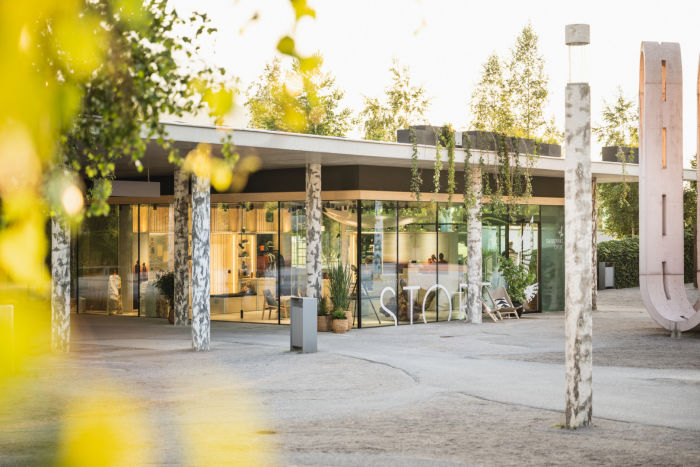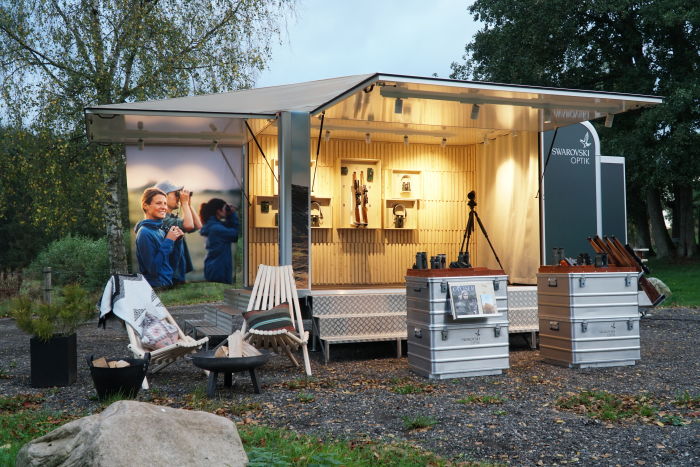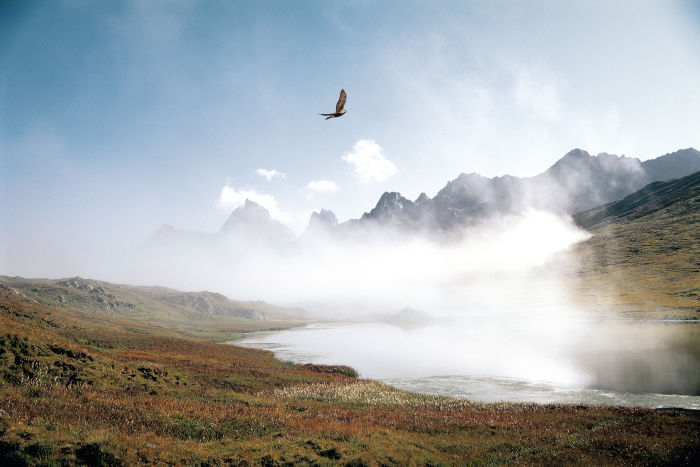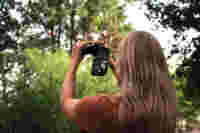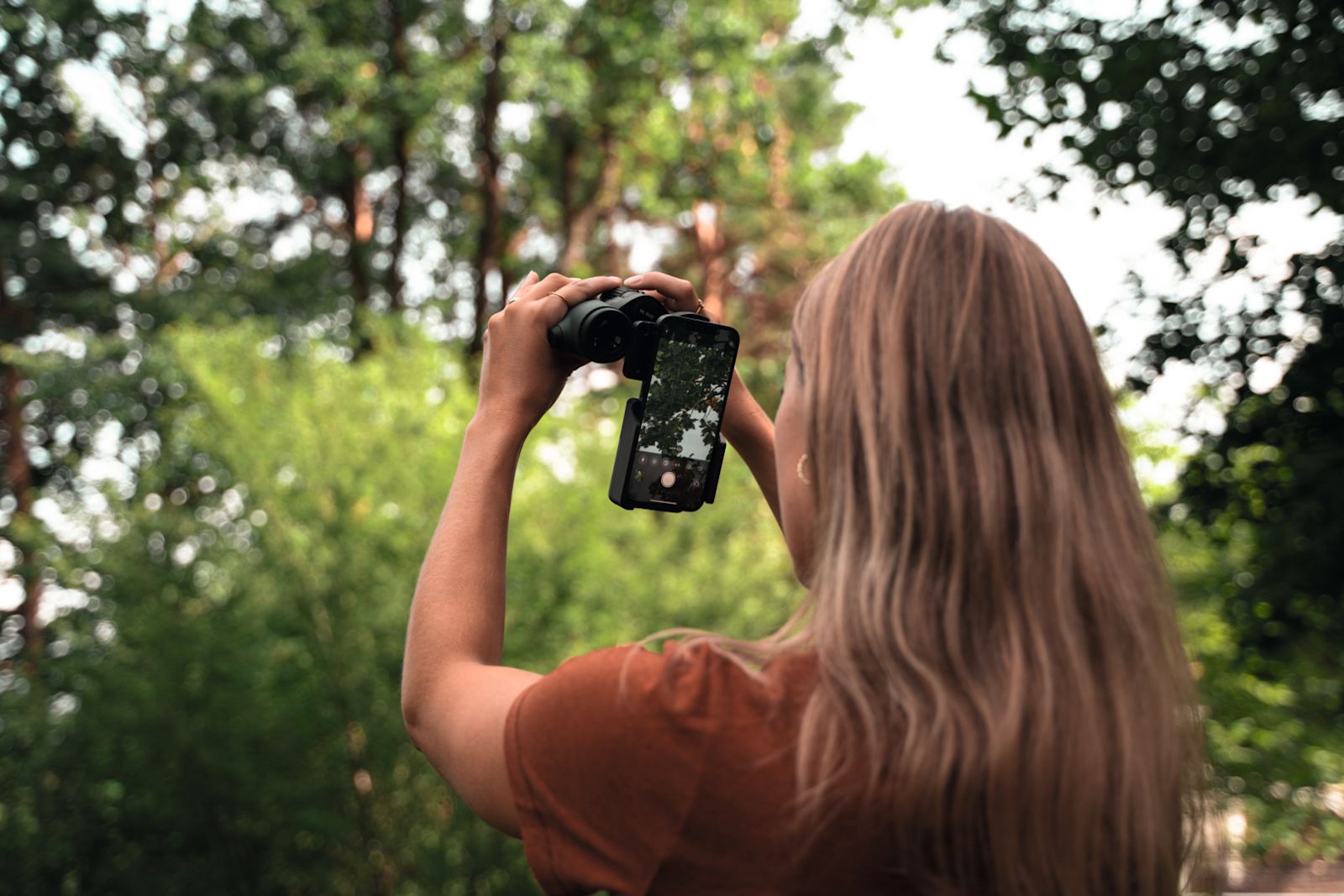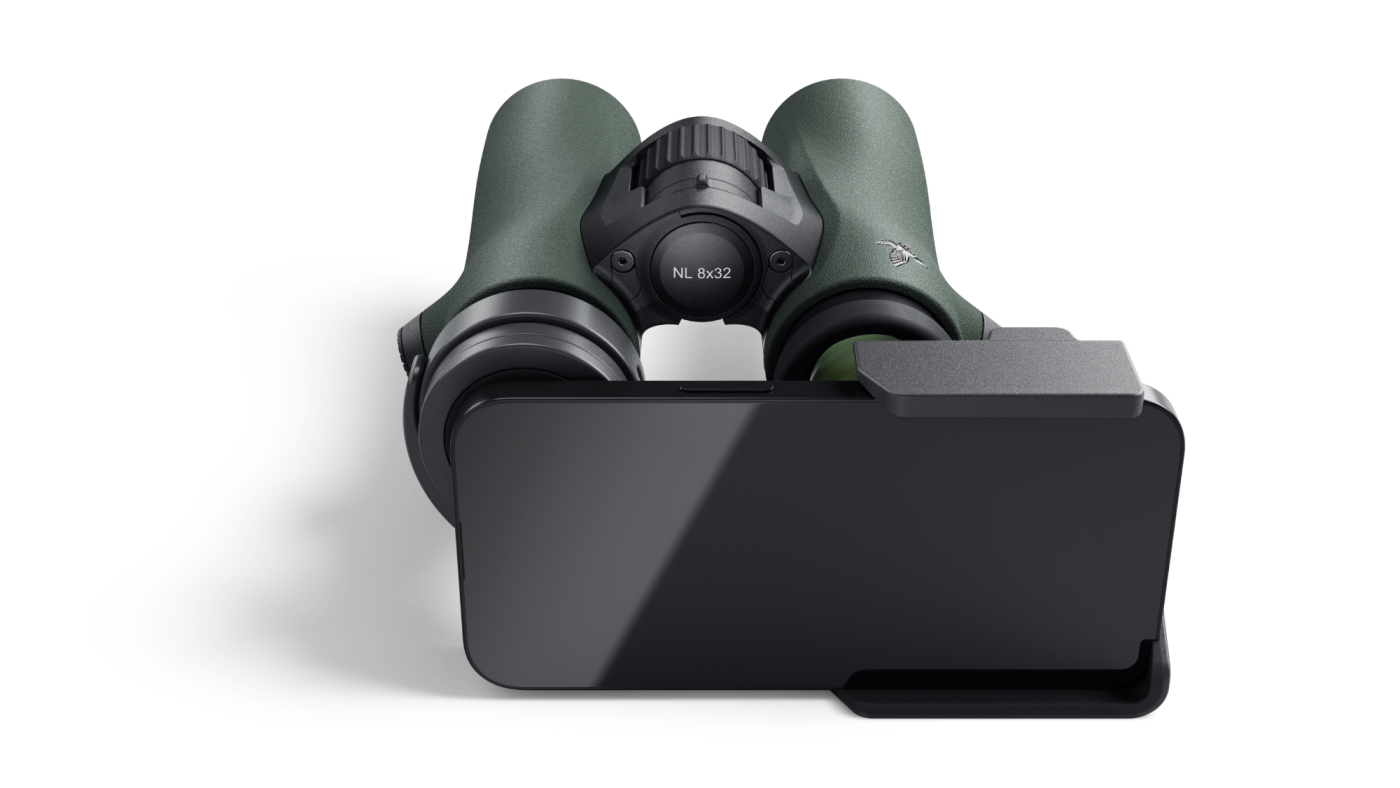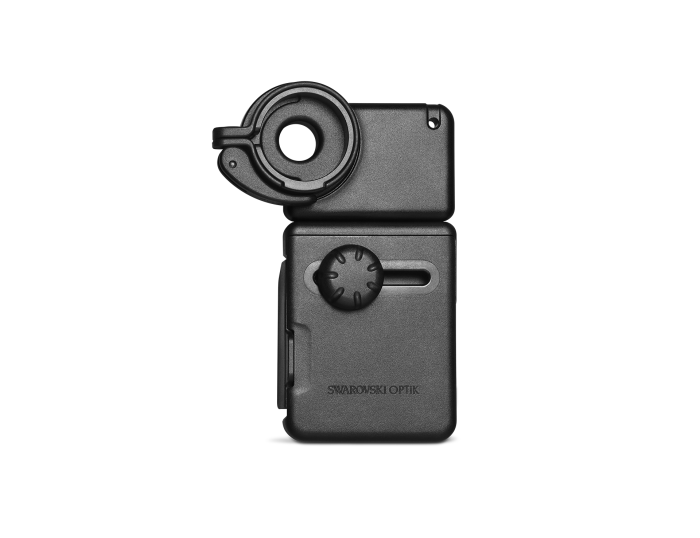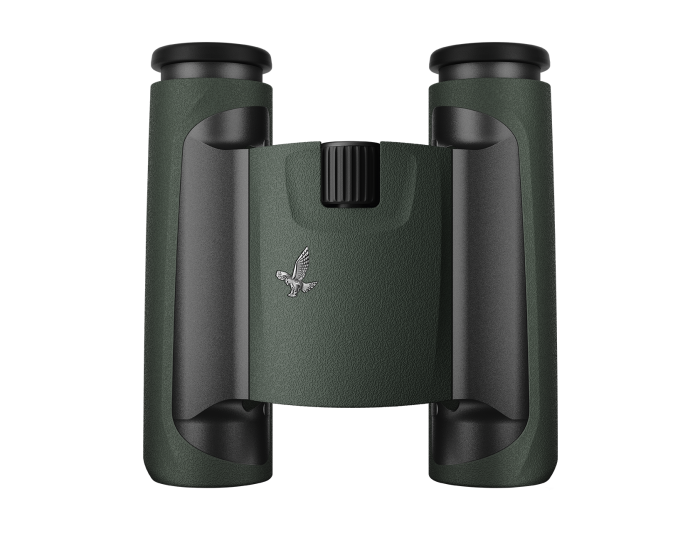A pair of binoculars or a spotting scope combined with a smartphone and the VPA 2 variable phone adapter enables you to take beautiful photos. Now your sightings will not only be preserved in your memory, but also on the memory chip of your phone.
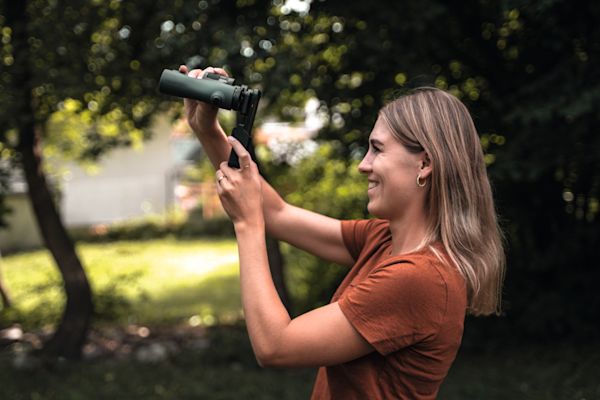
1.
EXPLORE YOUR CAMERA’S FEATURES
First of all, playfully try out the various camera settings on your smartphone and familiarize yourself with them.
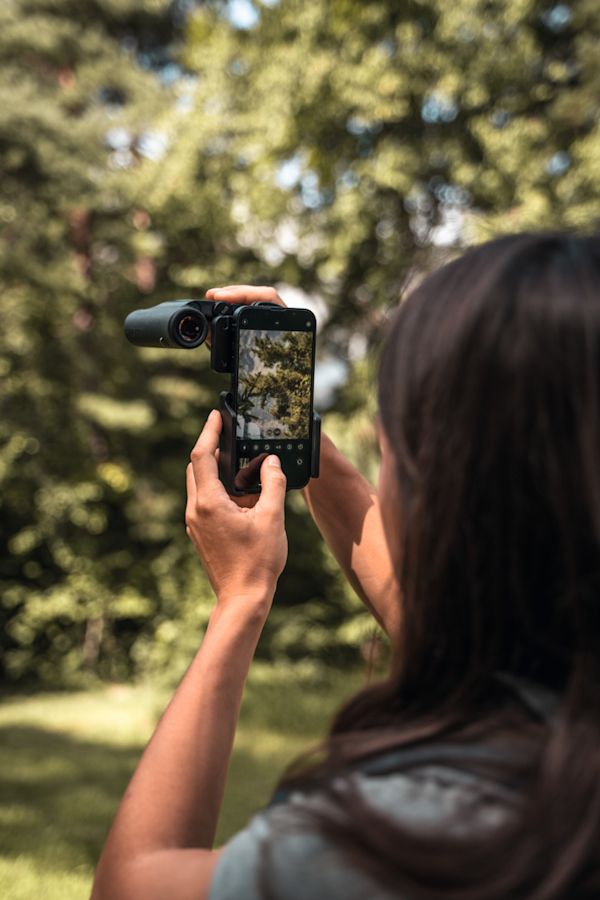
2.
START SLOWLY
Choose subjects that are within close range for your first photos. It’s best not to use too much zoom to begin with. Even the slightest camera shake can make your photo look blurred.
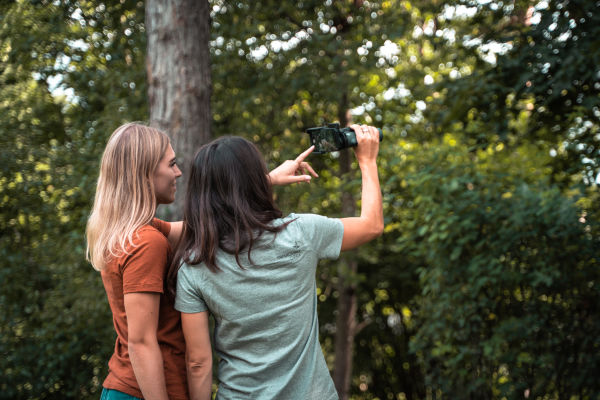
3.
PRE-FOCUSING
It can be difficult to focus on animals because they are usually in motion. It’s easier if it is pre-focused on a stationary object – like a tree for instance – using live-view mode. It’s often also useful to know where the subject will appear. If the animal is standing still, focus on one of its eyes.
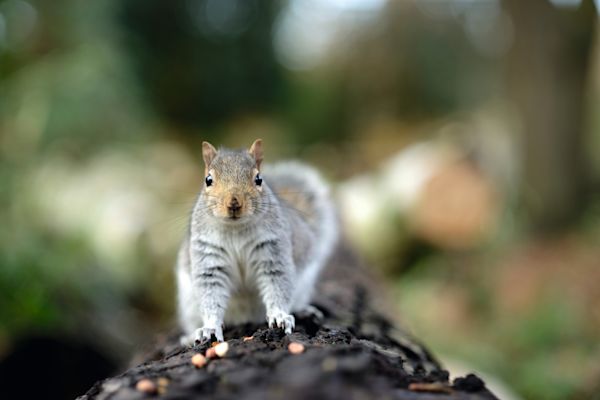
4.
PRACTICE MAKES PERFECT
Once you get a feel for your equipment, your photos will improve in leaps and bounds.
